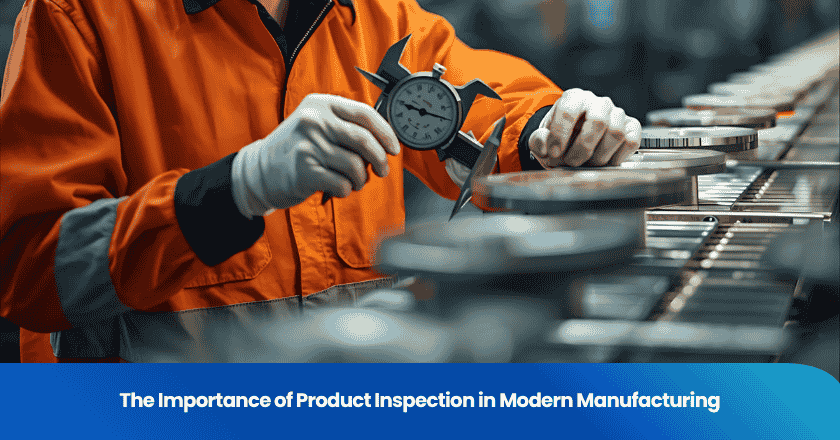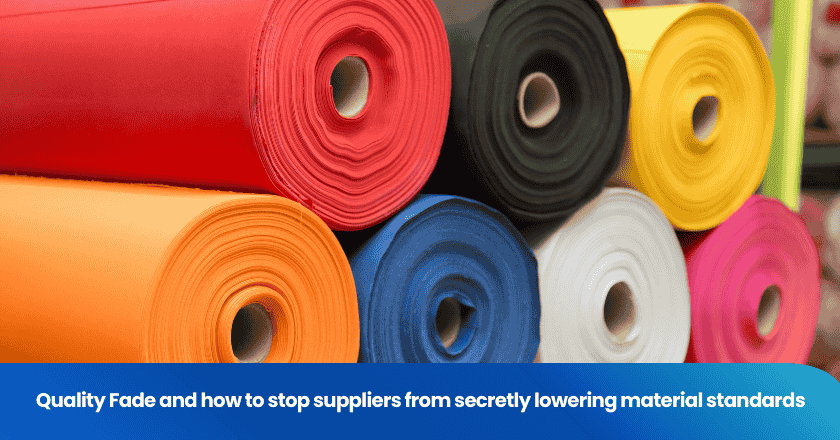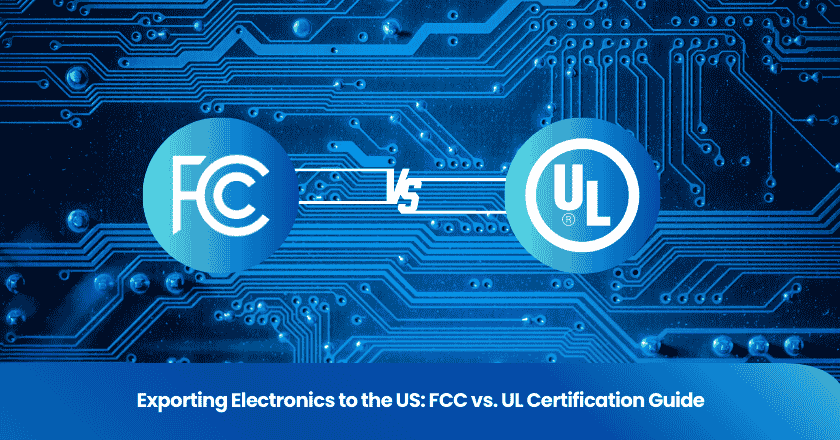
Imagine a single oversight in product inspection leading to thousands of defective items reaching customers. You can prevent such costly errors by implementing thorough inspection processes. Automated systems now deliver impressive cost savings, often reducing direct labor expenses by up to $200,000 per year. Early defect detection helps you avoid material waste and production delays. Reliable inspection supports compliance, boosts efficiency, and strengthens your supply chain.
Importance of Quality Inspection
Ensuring Product Standards
You play a crucial role in upholding quality standards when you implement a robust quality inspection process. This process ensures that every product meets design, material, and performance requirements. Inspection involves examining products for defects or deviations from specifications. You might use visual checks, dimensional measurements, or functional tests to verify that each item operates as intended.
Quality assurance goes beyond simple checks. It requires you to monitor production continuously, adhere to industry regulations, and maintain strict control measures throughout the manufacturing cycle. This approach helps you meet both regulatory requirements and customer expectations.
Manufacturers often follow a structured approach to ensure compliance with product standards:
1. Inspection confirms that product design, materials, and final output meet regulatory requirements.
2. Testing validates product performance, stress limits, and environmental durability.
3. Monitoring product characteristics ensures that items meet defined benchmarks through regular inspections and testing protocols.
Quality measurement systems help you identify issues, track improvements, and maintain consistent product standards.
You can measure effectiveness using several key metrics:
| Metric | Description |
|---|---|
| Defect Rates | Measures the number of defects found during inspection relative to total units produced. |
| Scrap and Rework Rates | Tracks the amount of material wasted and the need for reprocessing due to defects. |
| Customer Complaints | Monitors feedback from customers regarding product quality issues. |
By focusing on these metrics, you can drive continuous improvement and ensure that your products consistently meet or exceed expectations.
Preventing Defects
The importance of quality inspection becomes clear when you consider its impact on defect prevention. Early detection of issues allows you to address problems before they escalate, saving both time and resources. Inspections during production help you catch problems early, preventing wasted materials and reducing the risk of costly recalls.
You can further strengthen your inspection process by:
- Implementing regular training for inspection staff
- Utilizing feedback loops to refine inspection processes
- Adopting new technologies for more accurate measurements
A solid approach to inspections allows you to identify issues proactively. This not only helps you maintain regulatory compliance but also fosters a culture of continuous improvement and innovation.
Manufacturers have seen significant reductions in defects by prioritizing quality inspection.
You encounter various types of defects during product inspection. These may include design flaws, inconsistencies in quality control, environmental issues, assembly errors, and packaging or labeling mistakes. By identifying these problems early, you enhance accuracy, reduce waste, and improve operational efficiency. In fact, manufacturers report a 25% reduction in downtime when they use real-time inspections to prevent disruptions.
The importance of quality inspection lies in its ability to protect your brand reputation, minimize risks, and deliver products that meet the highest standards. When you invest in thorough inspection processes, you ensure that your manufacturing operations remain efficient, compliant, and trusted by customers.
Product Inspection in Manufacturing
You encounter several critical stages during manufacturing inspections. Each stage plays a unique role in maintaining quality standards and preventing defective products from reaching customers. Understanding these stages helps you strengthen your quality control and improve the overall manufacturing process.
Pre-Production Inspection
You start with initial production inspection before manufacturing begins. This step involves evaluating raw materials, reviewing technical documents, and verifying that suppliers understand your requirements. You also check expiration dates of chemicals and perform strength tests on components. These actions help you avoid substandard materials and reduce the risk of quality issues later.
Tip: Always review supplier capabilities and quality control systems before production starts. This ensures your materials meet compliance and regulatory checks.
In-Process Inspection
During manufacturing, you conduct in-process inspections to monitor quality at every stage. Technologies such as 3D scanning, laser measurement systems, and AI-powered defect detection allow you to identify problems early. These inspections help you reduce scrap and rework costs, improve throughput, and foster a proactive quality improvement culture. You also build customer trust by delivering consistent output.
- Early detection of defects
- Reduction in scrap and rework costs
- Improvement in overall throughput and yield
- Strengthening customer trust through consistent output
- Fostering a culture of continuous, proactive quality improvement
Final Inspection
At the end of the manufacturing process, you perform final inspection to ensure products meet customer expectations and regulatory requirements. This stage includes product testing, packing and label inspection, and a thorough review of batch records. You verify that each product meets quality specifications and that all documentation is accurate.
By following these stages of production inspections, you prevent defective products, maintain compliance, and deliver high-quality results in every manufacturing cycle.
Quality Inspection Benefits
Cost Reduction
You can achieve significant cost reduction by implementing robust quality inspection processes in your manufacturing operations. Automated systems now handle most inspections, which reduces manual labor costs and allows your skilled workers to focus on complex tasks. This shift leads to lower rework costs and less waste disposal. Many industries report annual labor savings of $691,200 per production line when they use automated inspection. Continuous operation of these systems eliminates inefficiencies caused by human error. By reallocating your workforce to critical tasks, you enhance operational efficiency and reduce costs associated with poor quality.
- Automated inspection reduces manual labor costs.
- AI systems allow human inspectors to focus on complex issues.
- Lower rework costs and reduced waste disposal expenses.
- Annual labor savings of hundreds of thousands of dollars per line.
- Skilled workers can address critical quality control challenges.
Risk Minimization
Thorough quality inspection helps you minimize the most significant risks in manufacturing. You reduce the chance of defective products reaching your customers and avoid non-compliance with safety and regulatory requirements. Protecting your brand reputation becomes easier when you maintain high product quality. Incorporating risk assessment into your inspections enhances operational resilience and fosters transparency among stakeholders. Organizations that prioritize risk minimization build trust and improve decision-making, which supports long-term sustainability. Inspections also ensure compliance with environmental laws, promoting sustainability and preventing costly penalties.
- Reduce risk of defective products reaching customers.
- Avoid non-compliance with safety and regulatory standards.
- Protect brand reputation from poor product quality.
- Enhance operational resilience and transparency.
- Support long-term business sustainability.
Supply Chain Optimization
Manufacturing inspections play a vital role in optimizing your supply chain.
You can measure improvements in reliability using key performance indicators:
| KPI | Description |
|---|---|
| Production Cycle Time | Duration from raw materials to finished products, showing operational efficiency. |
| Inspection Time | Time dedicated to quality checks, a critical part of the overall cycle. |
| Process Time | Actual time spent on manufacturing tasks, highlighting areas for improvement. |
| Movement Time | Time spent transporting materials, affecting efficiency. |
| Queue Time | Waiting periods during production that can cause delays. |
Manufacturers have reported a 54% improvement in operational efficiency and a 2% increase in yield after optimizing production inspections. Off-spec products dropped by 50%, and response times improved by up to 90%. Streamlining maintenance programs and focusing on preventive actions further enhance equipment durability and system reliability. By prioritizing quality standards at every stage, you ensure a more resilient and efficient supply chain.
Manufacturing Inspections and Operational Impact
Efficiency Improvement
You can transform your manufacturing process by implementing regular manufacturing inspections. These inspections help you identify issues early, which leads to fewer defective products and smoother operations. When you use initial production inspection, you catch material or assembly problems before they disrupt your workflow. This proactive approach reduces downtime and keeps your production line moving efficiently.
Manufacturing inspections also support quality inspection by ensuring that each stage of production meets strict quality standards.
When you focus on initial production inspection and ongoing quality control, you create a culture of continuous improvement. This approach not only boosts efficiency but also helps you deliver reliable products to your customers.
Reducing Recalls
Manufacturing inspections play a critical role in reducing recalls. By conducting thorough quality inspection and production inspections, you prevent defective products from reaching the market. You also protect your business from costly recalls and damage to your reputation.
You improve business performance by reducing the frequency and impact of recalls. Customers trust your products when they know you prioritize safety and quality. This trust leads to higher satisfaction and repeat business. Manufacturing inspections not only protect your bottom line but also strengthen your position in a competitive market.
Modern Inspection Methods
Automation and Digital Tools
You now have access to advanced automation and digital tools that transform manufacturing inspections. These systems use a combination of cameras, lighting, sensors, and processing units to capture and analyze product data in real time.
You benefit from traditional image processing, which enhances image quality and identifies regions of interest. AI and deep learning expand your capabilities by recognizing complex defect patterns and adapting to specific environments. Automated visual inspection systems use high-resolution cameras and AI-driven software to detect defects more accurately than manual methods. These systems can reduce defect rates by up to 50% and boost productivity by around 30%. Machine vision systems deliver consistent, repeatable results, minimizing human error and fatigue. You can operate at full production speed, capturing real-time data to improve your manufacturing processes.
Overcoming Traditional Challenges
Modern inspection methods help you overcome many challenges that once limited quality inspection. You can now address issues such as legacy system integration, process variability, and inconsistent test environments.
You can use modern inspection tools to capture data in real time, which allows for immediate identification of defective products. This rapid feedback helps you resolve quality issues quickly and prevent problems from moving further along the production line. Integration with smart IoT devices ensures precise measurements and speeds up the inspection process. Detailed analytics help you track defect rates and identify patterns, supporting informed decision-making and continuous improvement. By adopting these methods, you strengthen your initial production inspection and maintain high quality standards throughout manufacturing.
You play a vital role in ensuring product quality and operational success through effective inspection. Product inspection delivers real benefits:
- Cost savings from reduced waste and rework
- Lower risk of defects and recalls
- Stronger customer trust and satisfaction
As technology advances, you will see inspection methods evolve. Embracing these innovations helps you maintain high standards and stay competitive in the manufacturing industry.
FAQ
What is the main purpose of product inspection in manufacturing?
You use product inspection to ensure every item meets quality standards. This process helps you catch defects early, maintain compliance, and deliver reliable products to your customers.
How often should you perform inspections during production?
You should conduct inspections at key stages: before production, during manufacturing, and after completion. Regular checks help you identify issues quickly and keep your production line efficient.
Which technologies improve inspection accuracy?
You can use tools like machine vision, AI-powered cameras, and digital sensors. These technologies provide real-time data, reduce human error, and help you detect even minor defects.
How does inspection impact your supply chain?
Inspection strengthens your supply chain by reducing delays, minimizing waste, and ensuring consistent product quality. You build trust with suppliers and customers when you maintain high inspection standards.
Grow your business with TradeAider Service
Click the button below to directly enter the TradeAider Service System. The simple steps from booking and payment to receiving reports are easy to operate.



